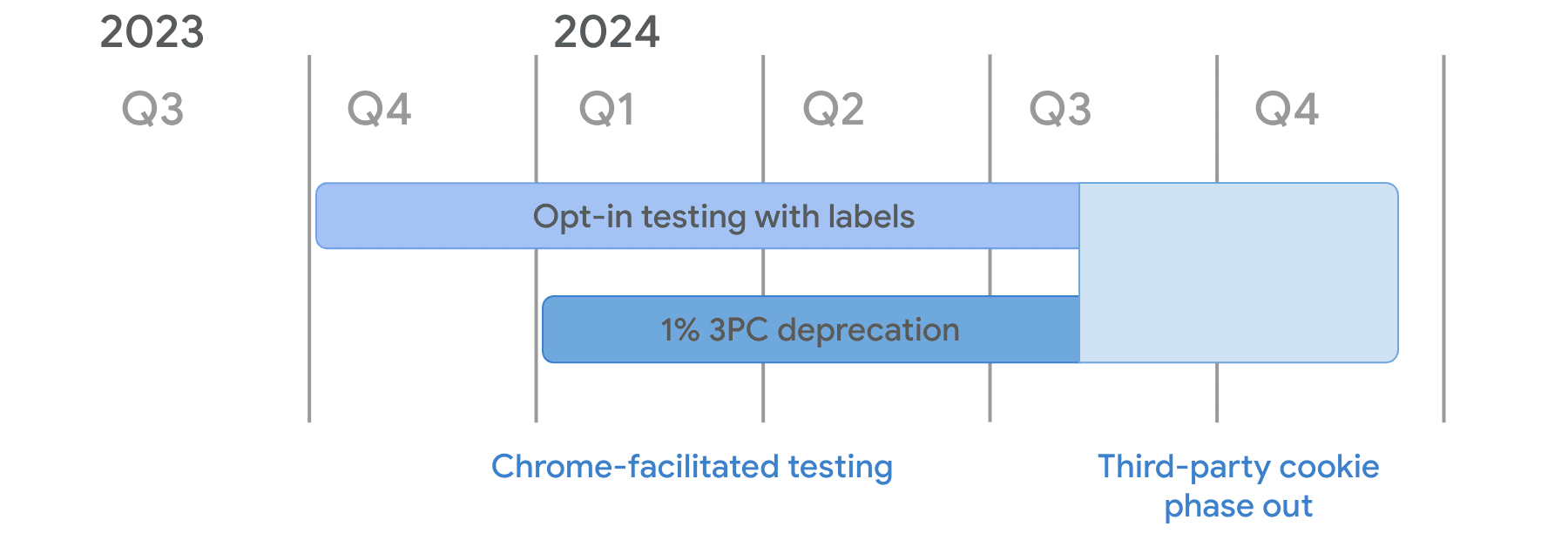On Our Radar January 2024


Turn Passive Scrolling into Active Participation: How Social Media Hooks Spark Conversation and Connection

You’re Sitting on a Pile of Short-Form Video Gold
- You can edit your existing long-form content into Shorts by using the “Remix” tool on the mobile app.
- You can then optimize that old horizontal video for a vertical space by using their new “Layouts” tool.
- You can add all the text and titles (AKA directional language) that you want. Just be sure to pay attention to the safe zones.
- You can schedule and upload the short-form, vertical video from your mobile
- Finally, you can link to the source video on your Channel (or any video that makes sense) as a “Related Video”, all from the mobile app.
The best part, YouTube Shorts is the most user-friendly content creation app that there is. Way easier than Reels or TikTok. Don’t believe me? Try it. Creating Shorts in this manner will take you less than a couple of minutes. Another great benefit is that because Shorts are minimal on design elements and options, they are easily repurposed to your other social media outlets like Instagram Reels and TikTok. You can add more customizations on each of those if you feel so inclined, but start with YouTube Shorts. It’s WAY easier. Oh, and ditch the music and trending sounds. Go with narration tracks or environmental sounds. That way you avoid any copyright infringements. You can thank us later. A solid plan for 2024 is to create 3, 15-second Shorts from one long-form video on your Channel per week. Schedule those out throughout the week. Link those Shorts to the long-form video. If you do this, you will gain organic views like you have never seen before. You will also begin to grow your subscribership on YouTube. If you take the time to optimize your descriptions with links, you can even start to drive traffic too. Give it a shot! The worst thing that could happen is that you get motivated by success and then start to take YouTube seriously for your destination marketing organization and in turn, make it a pivotal piece of your overall marketing strategy. What a bummer, huh?

Google Chrome Actually Started Restricting 3rd-Party Cookies! What’s This Mean for You?

Google Chrome Cookie Announcement
It’s finally happening. Google just released: “As of 4th January 2024, Chrome has started restricting third-party cookies by default for 1% of Chrome browsers.” The plan is to then ramp “up to 100% of users from Q3 2024.” We’ve been talking about this for a while, and Google has kept pushing it off, but this deadline feels real — especially since the adoption of GA4 was bulldozed on us in July last year.
Why Marketers Care About Third-Party Cookies
Third-party cookies are the backbone of highly targeted advertising. They allow marketers to track user behaviors between websites, and then serve them ads based on their interests and activities. You know, like how a Facebook (Meta) Pixel tracks user activity on your website and then you can retarget them. As Chrome is the most popular browser, this is very be problematic.
Is All Meta Pixel Tracking Going to be Gone?
Of course not! It’s not like Meta would suddenly allow $33.64 Billion in advertising revenue to disappear. Marketers have known about this for years. Most notably, by default, the Meta Pixel is actually both a first and third-party cookie. While it’s not exactly clear what data is going to be lost when the third-party cookies are gone, Meta has come up with sly workarounds. For instance, CAPI, which relies on server-side tracking, so a web browser like Chrome can’t do squat about blocking it.
What About Other Platforms?
The programmatic platform we use for Display, Native, Audio, Out-of-Home, and ConnectedTV ads tracks users in other ways that can’t be blocked, such as device IDs. TikTok, like Meta, has an option for first party cookies. And, naturally, Google certainly tracks users, too, for its $220+ Billion in ad revenue. At TwoSix Digital, we doubt Google will block itself.
What Should Marketers Do?
Well, like we’ve said for years, really pushing for first-party data will be crucial. Lead generation campaigns, such as for e-newsletters sign-ups, are something to look into no matter what. The adaption period is still likely to be a rocky one and user lists are going to save you a lot of heartache. As it’s still not completely clear what will happen with Meta’s pixel, consider server-side tracking with Meta CAPI. Start the conversation and see what you can do to navigate this period!

Here Comes The Sun! Rare Midwest Solar Events & Marketing Opportunities in 2024

Enhancing Your Digital Marketing Strategy for 2024

